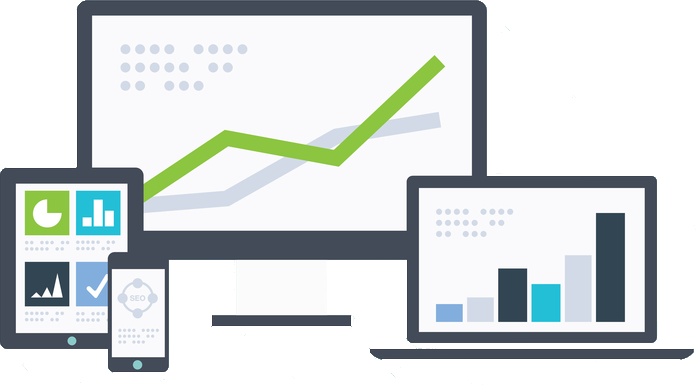I do a lot of site audits. There are a ton of things I look for in my audits, but there are 3 things I always check for right away and get developers working on. I prioritize these 3 things because they are usually easy to fix or change and they can result in quick wins.
The first thing I am looking for is wasted links. These are links that do not serve any SEO benefit and are not particularly useful for the user experience either.
I am particularly interested in links that are part of the site template. In other words, they generally appear across the entire site on every page. Headers and footers are the most common place you find these.
Without going into a whole essay on all the factors that determine the strength of a link, a simple rule of thumb is that the more links there are on a page, the weaker each link is. Also, links at the top of a page tend to carry more weight than links at the bottom of a page.
A page does not pass on an equal amount of link equity through each link on the page, but the amount of link equity that a page can pass on is divided up among the existing links. If you can cut down the links, you can strengthen the remaining ones.
The first thing I want to eliminate is what I consider to be wasted links. The most common example I come across of these are links that appear in both the navigation and the footer.
An argument can be made that these are better for the user experience, but are they really? Among web visitors today, I think everyone knows they will find key links in the header. I don’t think anyone runs to the footer to look for something.
A lot of sites use sticky headers. In these cases especially, you cannot really try to argue that duplicating links in the header and footer help the user experience.
If you have a business owner or developer that argues for keeping these links or you yourself are not sure of the impact of removing these links from the footer, set up some tracking. Track what percentage of visitors scroll to the bottom of your pages. Track who clicks on the links in the footer.
Now, I know some people will argue that sites like Semrush have links that appear in both the header and footer. Well guess what? When you build a brand that is as well-known as Semrush, you can do whatever you want. 😉
Next, I want to look for links that are out of position. I mentioned above that links at the top of a page are generally stronger than links at the bottom of a page. I prioritize link placement based on that.
The most common example I see of links that are what I call “out of position” are links in the header to privacy or ToS pages. Those pages are not a priority, so stuff them in the footer.
In some niches, I would argue that links to social media accounts are also wasted in the header and better served just in the footer.
Based on the industry, I might consider doing the same for About pages. In some industries, it is vitally important to build trust with web visitors in order to get a conversion, such as attorneys, financial advisors, and counselors.
In other industries, it may not be as vital. Nobody is visiting Amazon or Best Buy’s about pages to decide if they want to buy something from them or not.
If you are unsure, again set up some tracking to see how many people are clicking on the About page from the navigation. Data does not lie.
The second thing I look for is link depth on primary / important pages. I want to know how many clicks away from the home page these pages are.
Depending on the size of the site, they should never be more than 1 or 2 clicks away from the home page.
If they are, you need to figure out a way to add links where appropriate to rectify it.
I might make some exceptions to this on a very, very large site, but generally, I try to keep important pages no more than 2 clicks from the home page.
The reasoning behind this is that in almost all cases, the home page is the strongest page on a site. The more clicks away a page is, the less link equity it is feeding off of the home page.
This is a little more advanced and takes some additional work, but for the pages that are 2 clicks away (or more), I’ll also take a look at the link path. If the intermediary page has 100 outbound links on it, but there is another page that could also make sense to use with only 20 outbound links, I’ll consider linking through that page instead (or in addition to).
Again, this is to strengthen the link equity feeding into that target page.
The third thing I’m looking at for some simple adjustments and quick wins is title tags.
I know people like to try to write catchy title tags to improve click through rates. To me, the best way to improve your click through rate is to rank higher. You will almost never see a page ranking #2 or #3 getting a better click through rate than the page ranking #1.
I focus on two things for title tags. I want primary keywords near the beginning of the tag, not at the end, and I want the title tag to address the primary search intent of the page. What was the page created to answer?
Following those two guidelines will typically give you title tags that search engines like and that will also get solid click through rates.







